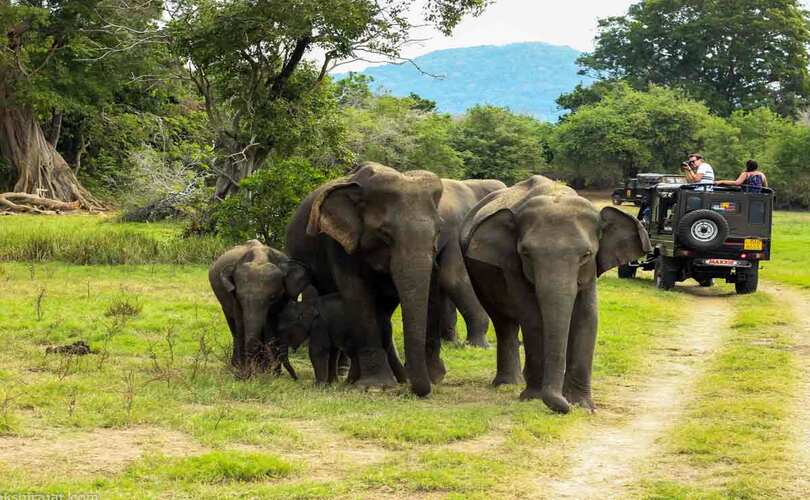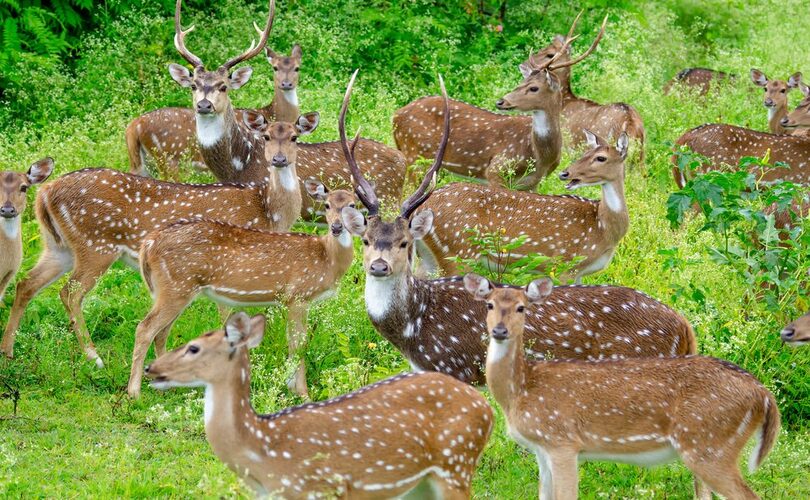Rajaji National Park
Rajaji National Park In Uttarakhand, India
Rajaji National Park, located in the Indian state of Uttarakhand, is a renowned wildlife sanctuary known for its diverse flora and fauna, picturesque landscapes, and rich conservation history. Spanning over 820 square kilometers across the districts of Haridwar, Dehradun, and Pauri Garhwal, the park was established in 1983 by merging three wildlife sanctuaries—Rajaji, Motichur, and Chilla. Named after C.
Rajagopalachari, the last Governor-General of India, the park is a vital part of the Shivalik range and serves as an important corridor for elephant migration between the forests of Corbett and the Rajaji region. It is famous for its large population of Asian elephants, which can be seen roaming freely in their natural habitat.
Besides elephants, the park is home to a variety of wildlife, including leopards, tigers, sloth bears, barking deer, sambar, wild boars, and Himalayan black bears. The Ganges River, which flows through the park, supports aquatic life such as gharials, crocodiles, and several species of fish.
Birdwatchers can spot over 300 species of birds, including the great hornbill, kingfishers, eagles, and migratory birds that arrive during winter. The park offers thrilling wildlife safaris through its multiple zones, such as Chilla, Motichur, and Jhilmil, where visitors can explore the lush forests, grasslands, and riverine ecosystems.
Rajaji National Park is also a significant eco-tourism destination, attracting nature enthusiasts, wildlife photographers, and researchers. With its rich biodiversity, breathtaking landscapes, and commitment to wildlife conservation, Rajaji National Park stands as one of India’s most treasured national parks, offering visitors an unforgettable experience in the lap of nature.
Flora And Fauna
- Elephants
- Tigers
- Leopard
How To Reach
Safari Timing
Best Time To Visit
Winter (November to February):- Better Wildlife Sightings – Elephants, tigers, leopards, and deer are more active. Clear Visibility – Dry season ensures better chances of spotting animals.
Copyright © 2025 National Park in India. All Rights Reserved



